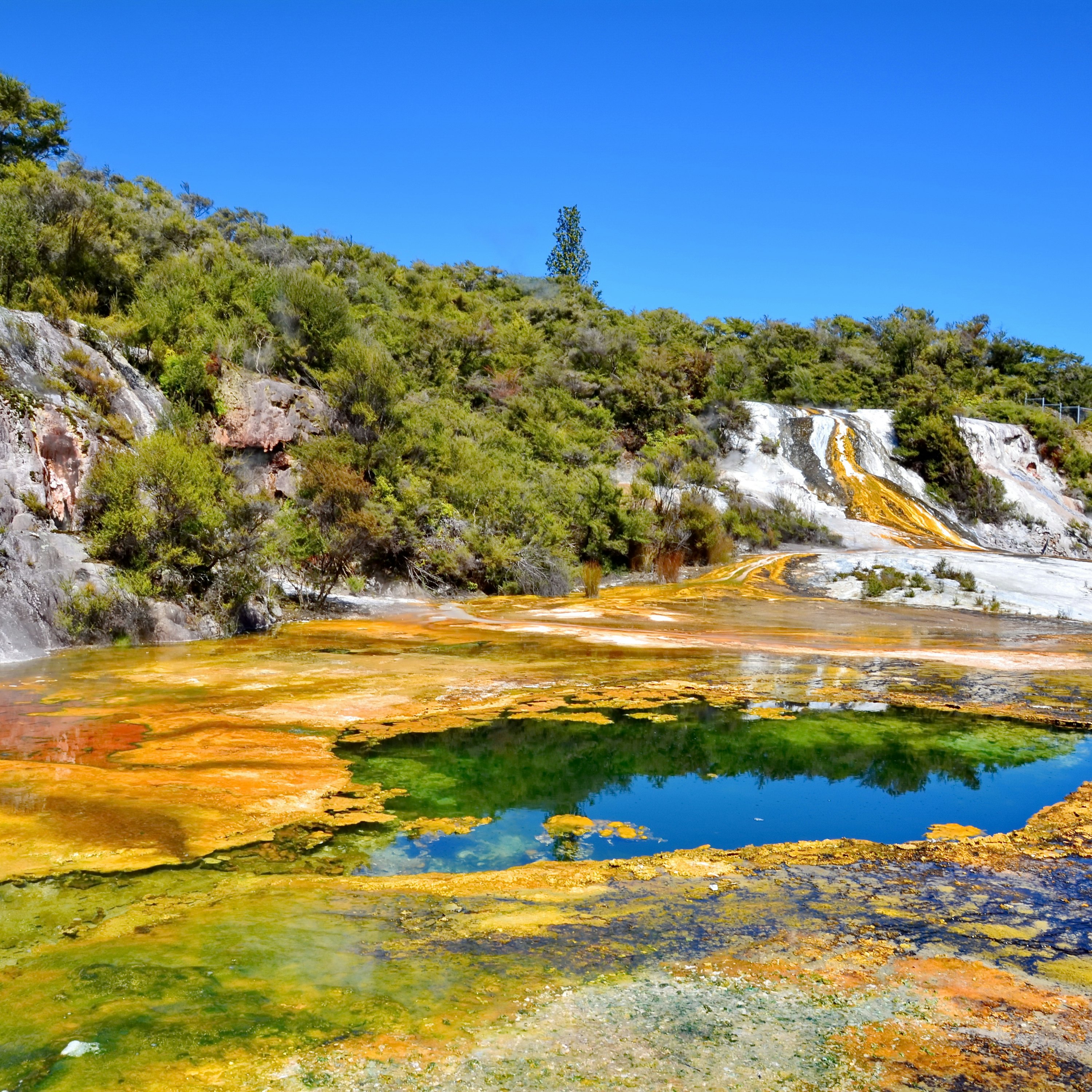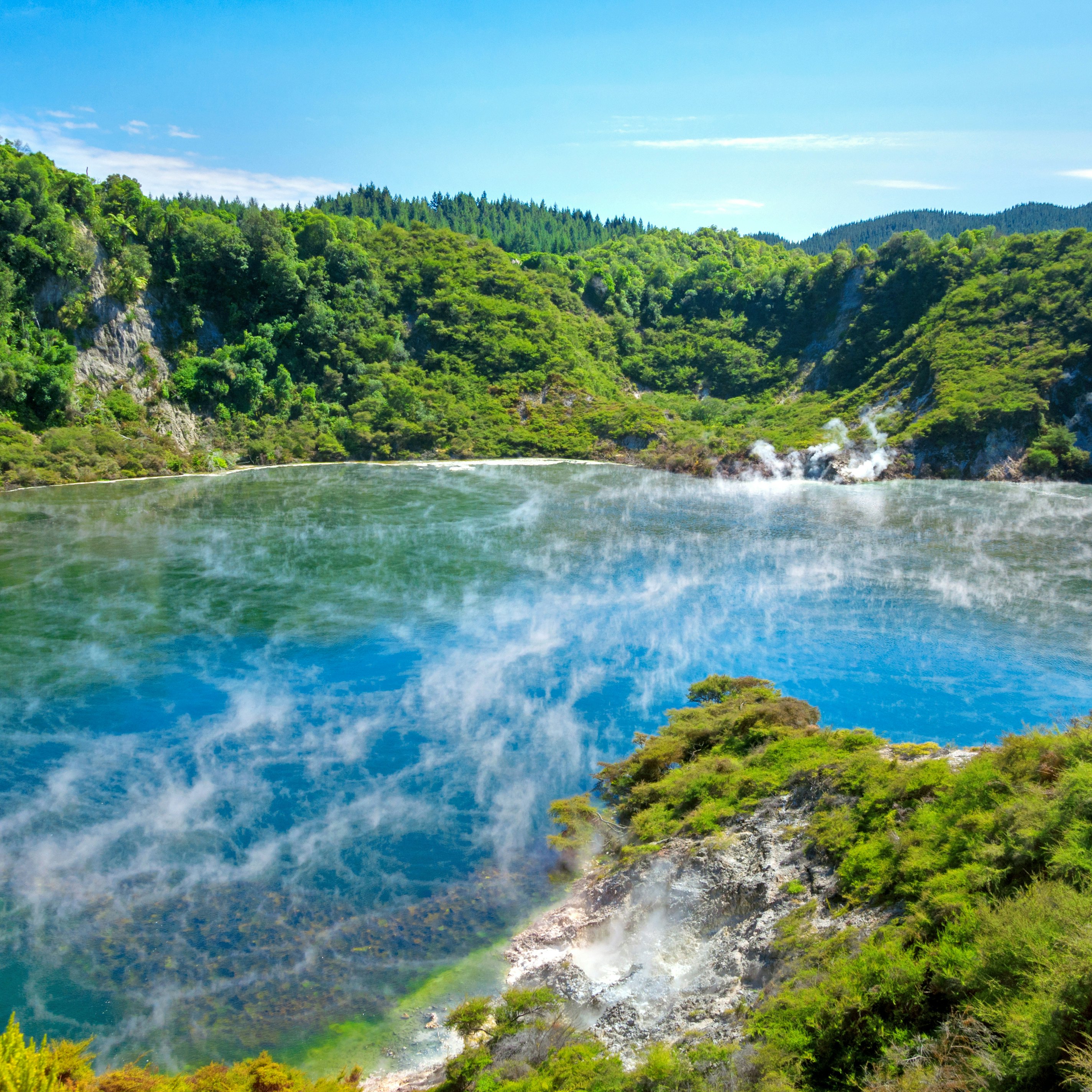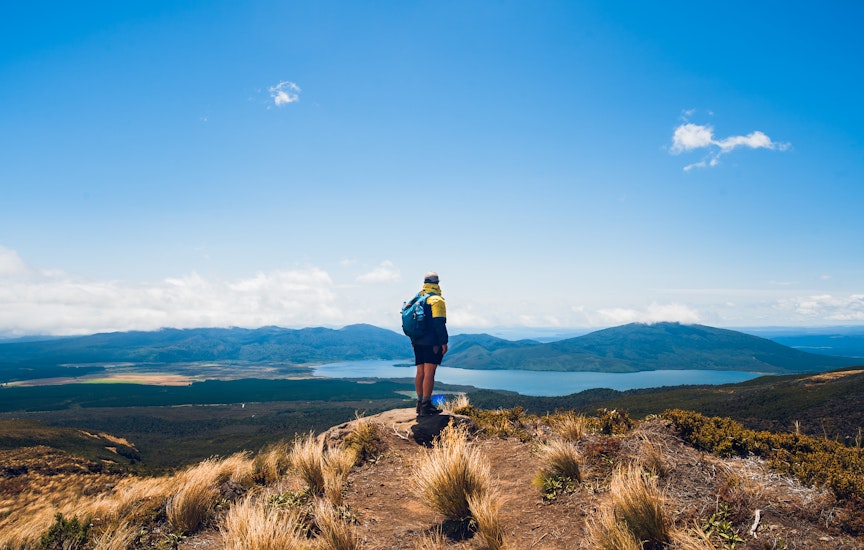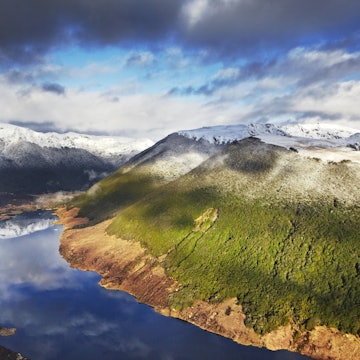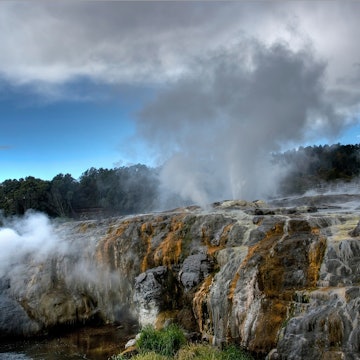

© TNZ
Overview
Get ready for mammoth national parks, dynamic Māori culture and world-class surfing and skiing. New Zealand can be mellow or action-packed, but it's always epic.
Leave the planning to a local expert
Experience the real New Zealand. Let a local expert handle the planning for you.
Must-see attractions
Planning Tools
Expert guidance to help you plan your trip
Best Things to Do
From otherworldly national parks to inspirational Māori cultural experiences to world-class pinot noir, you'll find it all in New Zealand.
Read full article
Best Places to Visit
If you seek epic outdoor experiences and unbelievable landscapes, you'll get your fill of nature with these top places to visit in New Zealand.
Read full article
Best Time to Visit
Pick the perfect time for your visit to New Zealand with this seasonal guide.
Read full article
Things to Know
New Zealand can feel both familiar and completely strange at once – some practical tips on etiquette, safety and transportation will get you sorted.
Read full article
Transportation
It can be a long way between towns across vast expanses of New Zealand's rolling countryside – connect point A to point B with this transportation guide.
Read full article
Visa Requirements
The first step in planning a bucket list trip to New Zealand is this guide to the country's visa requirements.
Read full article
Money and Costs
Affordable travel in New Zealand is possible – if you plan carefully.
Read full article
Best Road Trips
There's no better way to explore New Zealand than by car or campervan. Here are eight top road trips to put on your dream NZ itinerary.
Read full article
Get Connected
Keep your cell phone connected in New Zealand with this guide to local service providers, eSIMs and wi-fi networks.
Read full article
Get a book. Get inspired. Get exploring.
in partnership with getyourguide









